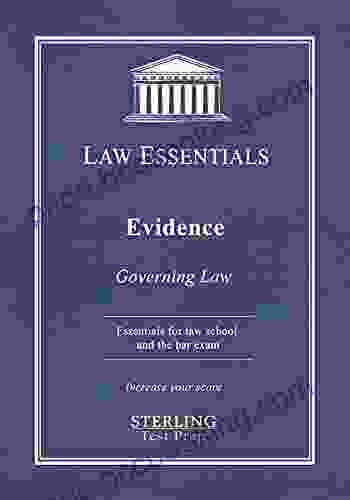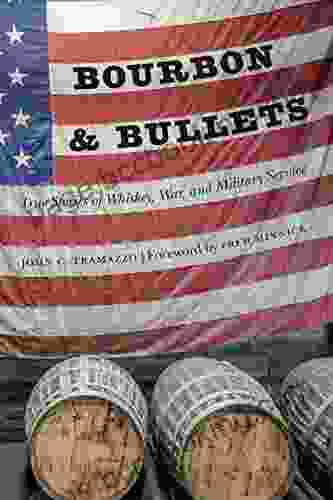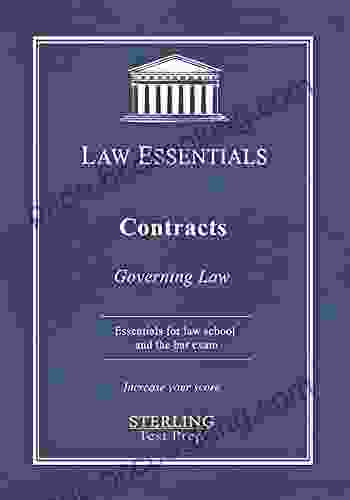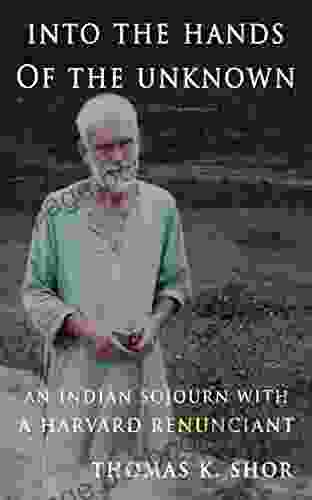Abu Hanifah: A Luminary in the Firmament of Islamic Law

4.7 out of 5
| Language | : | English |
| File size | : | 1297 KB |
| Text-to-Speech | : | Enabled |
| Screen Reader | : | Supported |
| Enhanced typesetting | : | Enabled |
| Print length | : | 142 pages |
In the annals of Islamic history, the name Abu Hanifah radiates with unparalleled brilliance. A colossal figure of the 8th century, he left an indelible mark on the landscape of jurisprudence, theology, and the very fabric of Islamic law. His life, his legal methods, and his lasting legacy continue to inspire and guide scholars and practitioners to this day.
The Early Life and Education of Abu Hanifah
Abu Hanifah was born in Kufa, Iraq, in the year 699 CE. From a tender age, he exhibited an unquenchable thirst for knowledge and a prodigious intellect. He dedicated himself to studying under some of the most renowned scholars of his time, including Ata ibn Abi Rabah and Hammad ibn Abi Sulayman. Through these mentors, he mastered the intricacies of Islamic law, theology, and Arabic philology.
One of the defining moments in Abu Hanifah's intellectual journey was his encounter with Imam Ja'far al-Sadiq, the sixth Shia Imam. Despite their theological differences, Abu Hanifah greatly admired al-Sadiq's profound understanding of Islamic law. Their discussions and debates had a profound impact on Abu Hanifah's own legal thought.
Abu Hanifah's Legal Methodology
Abu Hanifah's approach to jurisprudence was characterized by its rigor, its adherence to tradition, and its emphasis on rational inquiry. He believed that the primary sources of Islamic law were the Quran and the Sunnah (the teachings and practices of the Prophet Muhammad). However, he also recognized the importance of ijtihad, or independent legal reasoning, in interpreting and applying these sources.
Abu Hanifah developed a systematic methodology for legal reasoning that involved:
- Ijma': Consensus among the scholars of his time.
- Qiyas: Analogical reasoning, applying the rulings of similar cases.
- Istihsan: Legal reasoning based on equity and public interest.
- 'Urf: Customs and practices of the community.
Abu Hanifah's legal theories and methods laid the foundation for the Hanafi school of thought, one of the four major schools of Sunni Islamic jurisprudence. The Hanafi school is widely practiced in South Asia, Central Asia, and the Middle East.
Abu Hanifah's Theological Legacy
In addition to his contributions to Islamic law, Abu Hanifah was also a prominent theologian. He was known for his rationalist approach to theology and his emphasis on free will and human responsibility. He rejected the doctrine of predestination, arguing instead that humans have the power to make choices and are accountable for their actions.
Abu Hanifah's theological views had a significant influence on the development of Islamic thought. He was instrumental in shaping the Ash'ari school of theology, which became the dominant theological school in Sunni Islam.
The Enduring Legacy of Abu Hanifah
Abu Hanifah's legacy extends far beyond his own lifetime. His legal methods continue to be studied and applied by jurists and scholars around the world. His theological ideas continue to inspire and guide Muslims in their understanding of faith and practice.
Abu Hanifah's contributions to Islamic thought and civilization are immeasurable. He was a towering intellect, a brilliant scholar, and a devout believer. His life, his legal methods, and his lasting legacy serve as a testament to the enduring power of human reason, the importance of scholarship, and the transformative nature of faith.
Abu Hanifah's name shines like a beacon in the history of Islamic civilization. His life, his legal methods, and his theological legacy continue to inspire and guide Muslims to this day. His contributions to jurisprudence, theology, and the development of Islamic law have left an indelible mark on the world.
4.7 out of 5
| Language | : | English |
| File size | : | 1297 KB |
| Text-to-Speech | : | Enabled |
| Screen Reader | : | Supported |
| Enhanced typesetting | : | Enabled |
| Print length | : | 142 pages |
Do you want to contribute by writing guest posts on this blog?
Please contact us and send us a resume of previous articles that you have written.
 Book
Book Novel
Novel Page
Page Chapter
Chapter Text
Text Story
Story Genre
Genre Reader
Reader Library
Library Paperback
Paperback E-book
E-book Magazine
Magazine Newspaper
Newspaper Paragraph
Paragraph Sentence
Sentence Bookmark
Bookmark Shelf
Shelf Glossary
Glossary Bibliography
Bibliography Foreword
Foreword Preface
Preface Synopsis
Synopsis Annotation
Annotation Footnote
Footnote Manuscript
Manuscript Scroll
Scroll Codex
Codex Tome
Tome Bestseller
Bestseller Classics
Classics Library card
Library card Narrative
Narrative Biography
Biography Autobiography
Autobiography Memoir
Memoir Reference
Reference Encyclopedia
Encyclopedia Peter B Gillis
Peter B Gillis Paul R Daugherty
Paul R Daugherty Stephanie Spinner
Stephanie Spinner Phil Dean
Phil Dean Paul Krassner
Paul Krassner Vladimir Petrov
Vladimir Petrov Prosanta Chakrabarty
Prosanta Chakrabarty Rabia Chaudry
Rabia Chaudry Peterson S
Peterson S Ronni Lundy
Ronni Lundy Papatia Feauxzar
Papatia Feauxzar Peter S Cohan
Peter S Cohan Timothy Egan
Timothy Egan Randel Mcgee
Randel Mcgee Soraya
Soraya Scott Bestul
Scott Bestul Paige Wolf
Paige Wolf Partha Dasgupta
Partha Dasgupta Noah Hurowitz
Noah Hurowitz Philippe R Girard
Philippe R Girard
Light bulbAdvertise smarter! Our strategic ad space ensures maximum exposure. Reserve your spot today!
 Howard PowellFollow ·14.3k
Howard PowellFollow ·14.3k Jayden CoxFollow ·9.4k
Jayden CoxFollow ·9.4k Aron CoxFollow ·5.7k
Aron CoxFollow ·5.7k Jake CarterFollow ·11k
Jake CarterFollow ·11k Damon HayesFollow ·19k
Damon HayesFollow ·19k Hayden MitchellFollow ·16.7k
Hayden MitchellFollow ·16.7k Francisco CoxFollow ·4.2k
Francisco CoxFollow ·4.2k Holden BellFollow ·7.9k
Holden BellFollow ·7.9k

 Marvin Hayes
Marvin HayesGoverning Law for Law School and Bar Exam Prep: Your...
Unlock the Secrets of...

 Sidney Cox
Sidney CoxUnveiling the Epic Tales of Whiskey, War, and Military...
In the tapestry of history,...

 Victor Turner
Victor TurnerGoverning Law for Law School and Bar Exam Prep: The...
What is Governing...

 Robert Browning
Robert BrowningSterling Test Prep MCAT General Chemistry Practice...
: Embark on Your MCAT General Chemistry...
4.7 out of 5
| Language | : | English |
| File size | : | 1297 KB |
| Text-to-Speech | : | Enabled |
| Screen Reader | : | Supported |
| Enhanced typesetting | : | Enabled |
| Print length | : | 142 pages |
















